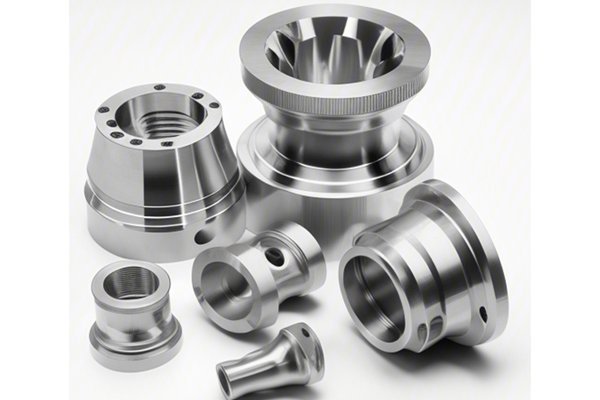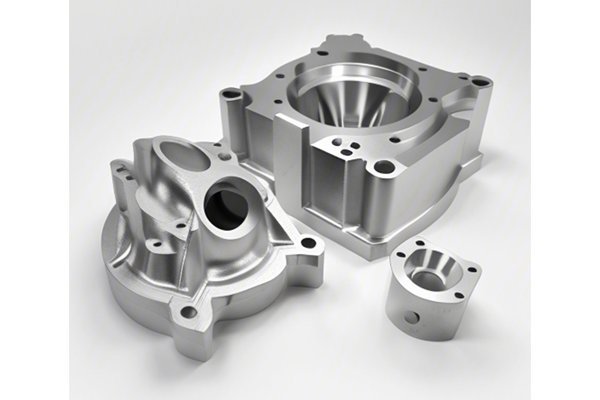Did you know that nearly 50% of all machining defects in brass components can be attributed to residual stress? This statistic underscores a critical aspect of CNC (Computer Numerical Control) machining that often goes overlooked—how unresolved stresses can significantly affect the performance and longevity of parts manufactured from brass. In a world where precision and quality are expected, understanding how to manage and reduce residual stress in brass components through CNC machining is essential for engineers, manufacturers, and quality control specialists alike.
In this comprehensive guide, we will delve into the factors causing residual stress in brass parts, explore how CNC machining techniques can alleviate these stresses, and provide step-by-step solutions and best practices for enhancing the quality and durability of brass components.
Understanding Residual Stress
Before we can discuss effective techniques for reducing residual stress in brass parts, it’s important to understand what it is. Residual stress refers to internal forces locked within a material, which remain even when the external forces are removed. In metals like brass, these stresses can arise from various stages in the production process, including:
Importance of Reducing Residual Stress in Brass Parts
Residual stress is detrimental in numerous ways:
Techniques for Reducing Residual Stress in Brass through CNC Machining
The type of tools used is important in CNC machining. Select tools that are designed for brass machining, typically made from high-speed steel (HSS) or carbide. The geometry of the tool, including the angle and shape, can affect the heat generated during machining and thus impact residual stress.
Cutting speed, feed rate, and depth of cut are crucial parameters that directly influence the outcome of the machining process. For brass parts, a balance needs to be struck with cutting speeds that minimize heat generation while still providing a clean cut. Typically, lower speeds with optimized feed rates lead to reduced thermal exposure and minimal tool wear.
The application of coolants can effectively reduce temperatures during machining, limiting the thermal stresses that contribute to residual stress. Options include:

Strategies such as variable speed control or adaptive machining techniques can help in minimizing changes in temperature and mechanical deformation. Customizing the feed and speeds based on the specific brass alloy and thickness being machined can lead to more consistent results.
Post-machining processes such as stress relieving can dramatically improve the performance of brass parts. Common techniques include:
Tuning and maintaining CNC machines ensures that tools stay sharp and processes are consistent, which minimizes variations that contribute to residual stress. Regular inspections and calibrations can keep the machinery operating at optimal standards.
The Role of Advanced Technologies
Modern advancements such as Finite Element Analysis (FEA) can simulate and predict how residual stresses are formed during CNC machining. By utilizing FEA during the design phase, engineers can preemptively identify potential stress points and modify machining strategies accordingly.
The Importance of Operator Training
While technical skills matter, the knowledge and expertise of the operators are equally crucial in managing residual stress. Training programs focused on CNC machining practices, including recognizing stress-related defects, can enhance overall quality control.
Quality Assurance and Testing
Incorporating advanced non-destructive testing (NDT) techniques can help identify the presence of residual stresses in machined brass components. Techniques such as X-ray diffraction and ultrasonic testing can provide valuable insights into the material’s internal conditions.
Case Study: Successful Implementation of Techniques
Several organizations have adopted integrated approaches to manage residual stress successfully. For instance, a global manufacturer of brass fittings analyzed their production process and implemented several modifications:
As a result, they reported a 25% reduction in machining defects linked to residual stress within six months.
Reducing residual stress in brass parts through CNC machining is vital for achieving superior quality and reliability in manufactured components. By understanding the factors contributing to residual stress and implementing targeted CNC machining techniques—such as appropriate tooling, optimization of cutting parameters, effective cooling strategies, and post-machining stress relief—manufacturers can significantly enhance the performance of their brass parts.
The best practices and insights discussed in this blog should serve as essential guidelines for those in the manufacturing industry. The importance of these techniques cannot be overstated; they not only improve product quality but also reduce costs associated with wastage and rework. In a competitive market, taking a proactive approach to managing residual stress could be the key differentiator for success.
In summary, revisiting and applying these approaches regularly can lead to sustained improvements in the production of brass components and should be worth considering for every engineer and manufacturer involved in CNC machining.






